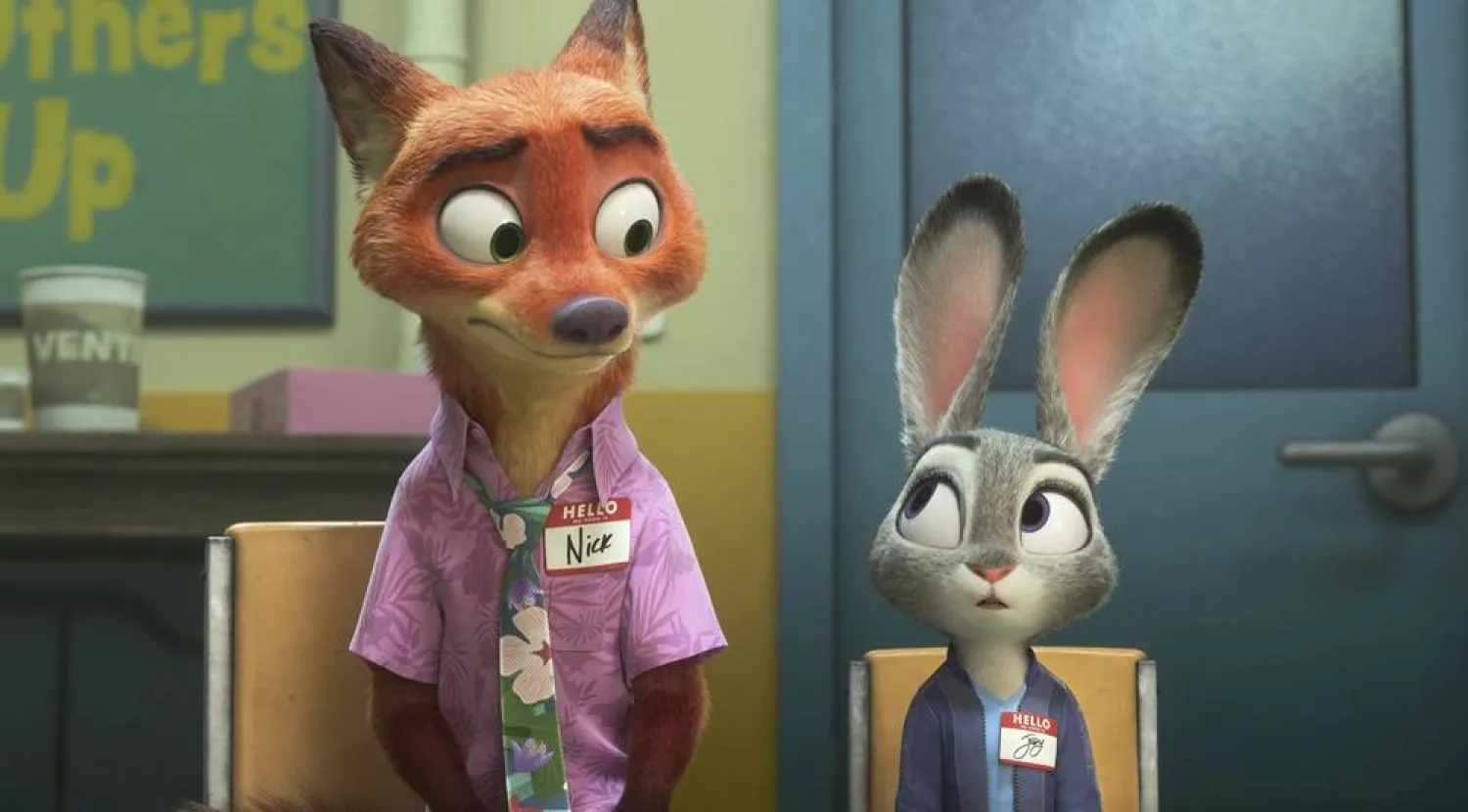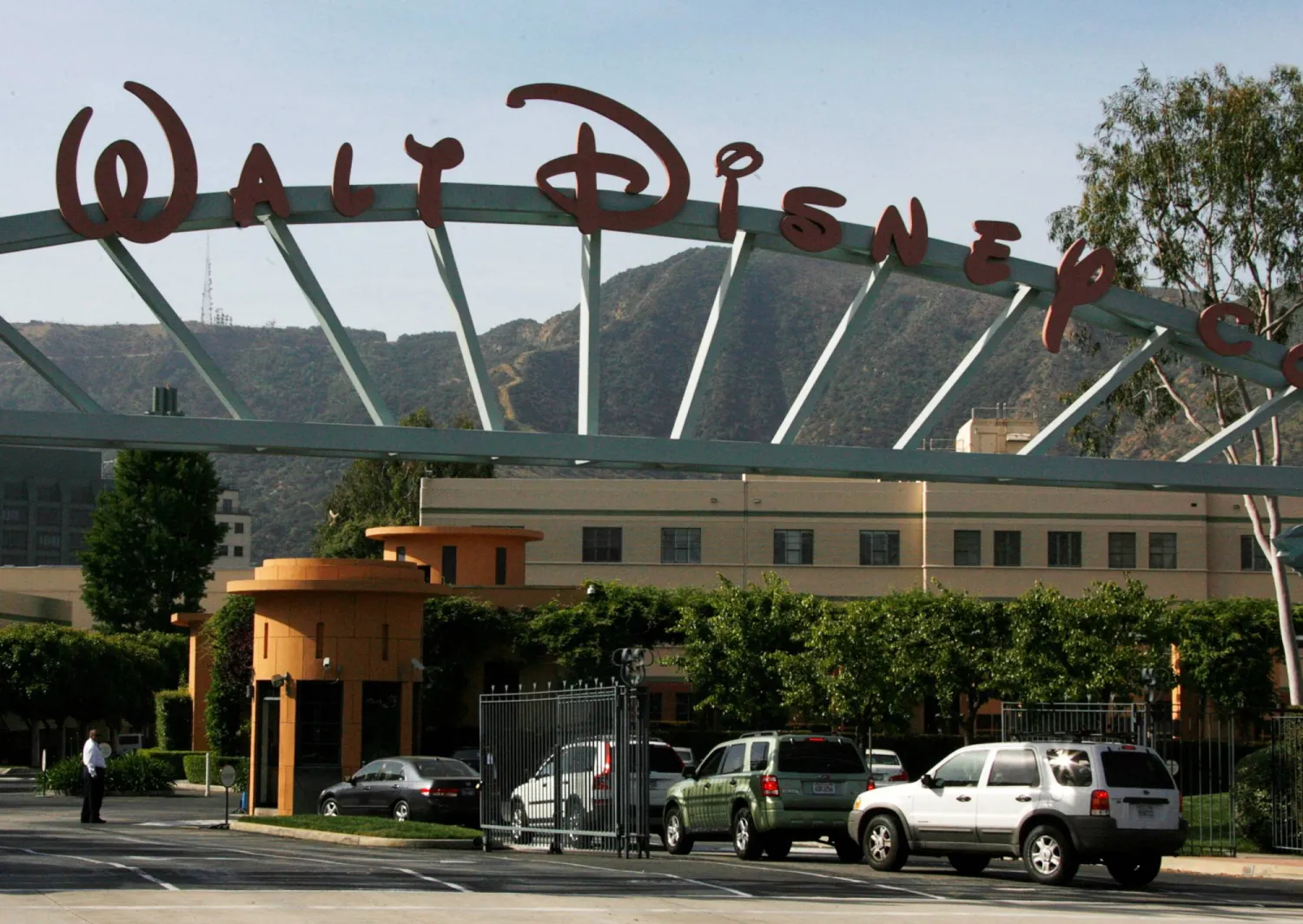Nearly five years after the animated "Spider-Man: Into the Spider-Verse" won an Oscar with its innovative, biracial take on the beloved webslinger, a wildly ambitious sequel aims to further blur the boundaries between superhero films and arthouse cinema.
"Spider-Man: Across the Spider-Verse," out Friday in the United States, picks up the story of half-Black, half-Latino Miles Morales, again using an eye-popping blend of decades-old 2D comic book drawing techniques with the latest computer-generated visual effects.
This time, the action takes place across several parallel universes, each one visualized in its own unique animated style, from a paint-streaked, grungy 1990s New York to a kaleidoscopic futuristic hybrid of Mumbai and Manhattan.
The movie employed three directors, more than 1,000 artists, and runs at two hours and 20 minutes -- unusually long for an animated film.
Its creators told AFP that the success of the first movie -- which holds the highest-ever rating for a superhero movie on Rotten Tomatoes (97 percent) -- "gave us permission to just be even more daring on this film."
"I feel like we got the amazing opportunity as directors to make the world's biggest independent film, basically," said co-director Justin K. Thompson.
"It's an arthouse film, disguised as a superhero movie."
'The Spider-Verse'
The film's hero Morales was first introduced to comic books in 2011, but came to mainstream attention with "Into the Spider-Verse," which won the Academy Award for best animated feature in 2019.
Morales shares a familiar backstory with Peter Parker -- bitten by a radioactive spider, he quickly deploys his new powers to swing between Manhattan skyscrapers and fight crime.
But his diverse ancestry and fondness for trendy sneakers and rap music set him apart from the "traditional" Spider-Man.
It is all made possible thanks to the concept of a "multiverse," in which different versions of the same characters exist in parallel dimensions -- and occasionally interact -- that has been used in comic books for decades.
In recent years, the multiverse has become popular in Hollywood too, as movie studios feed audiences' boundless appetite for more and more superhero films, and writers scramble to explain how they can possibly all fit together.
"The thing that shocked us on the first movie was, there was no resistance to the idea of a multiverse -- that the audience were completely on board and, like, not confused!" Christopher Miller, who co-produced both movies, told AFP.
"It allowed this movie to go to even more spectacular places -- to introduce more unusual characters."
The first Spider-Verse movie had a 1930s film noir-style private eye Spider-Man, and even a Spider-Ham pig character. This time, we meet a British punk rocker Spidey, and a dashing Indian version.
Two-hour barrier
Aside from the complexity of its dimension-hopping plot, the new film has raised eyebrows due to its length.
While upcoming adult dramas such as Martin Scorsese's "Killers of the Flower Moon" and Christopher Nolan's "Oppenheimer" are set to top three hours, anything longer than two hours for a US animated feature is highly unusual.
And "Across the Spider-Verse" is the first of two sequels, with "Beyond the Spider-Verse" to conclude events next year.
But the creators shrugged off the notion that "a film that happens to be animated" must be brief, noting that "quiet" moments from the first film involving Miles bonding with his father and uncle were fan favorites.
"The peaks don't play as high if those lows don't play as beautifully low as they do," said co-director Joaquim Dos Santos.
"Those are the moments you're losing -- the moments that actually make the film special in the first place," added fellow director Kemp Powers, who also co-wrote Pixar's "Soul."
"Of course, if it were six hours, that's too long," he joked.











